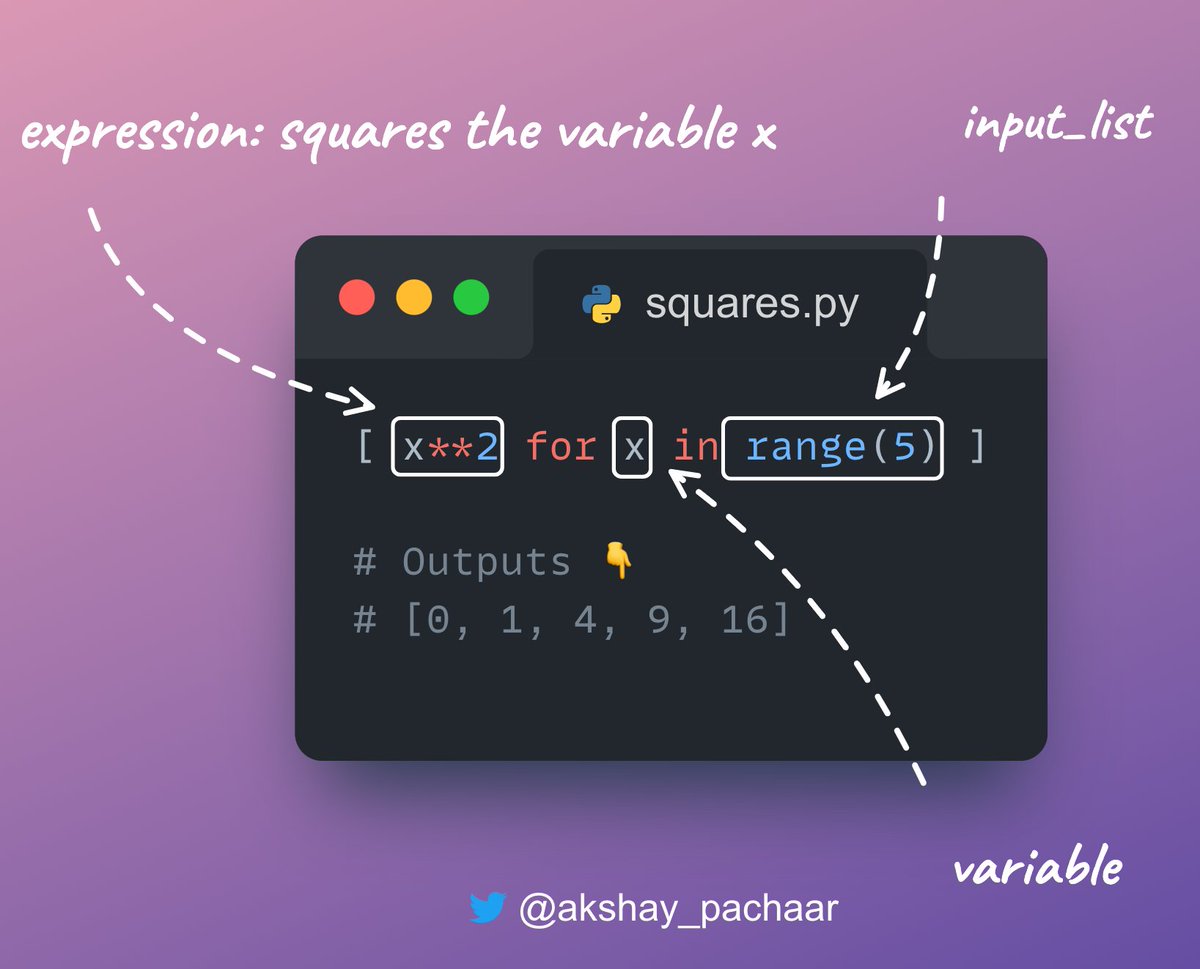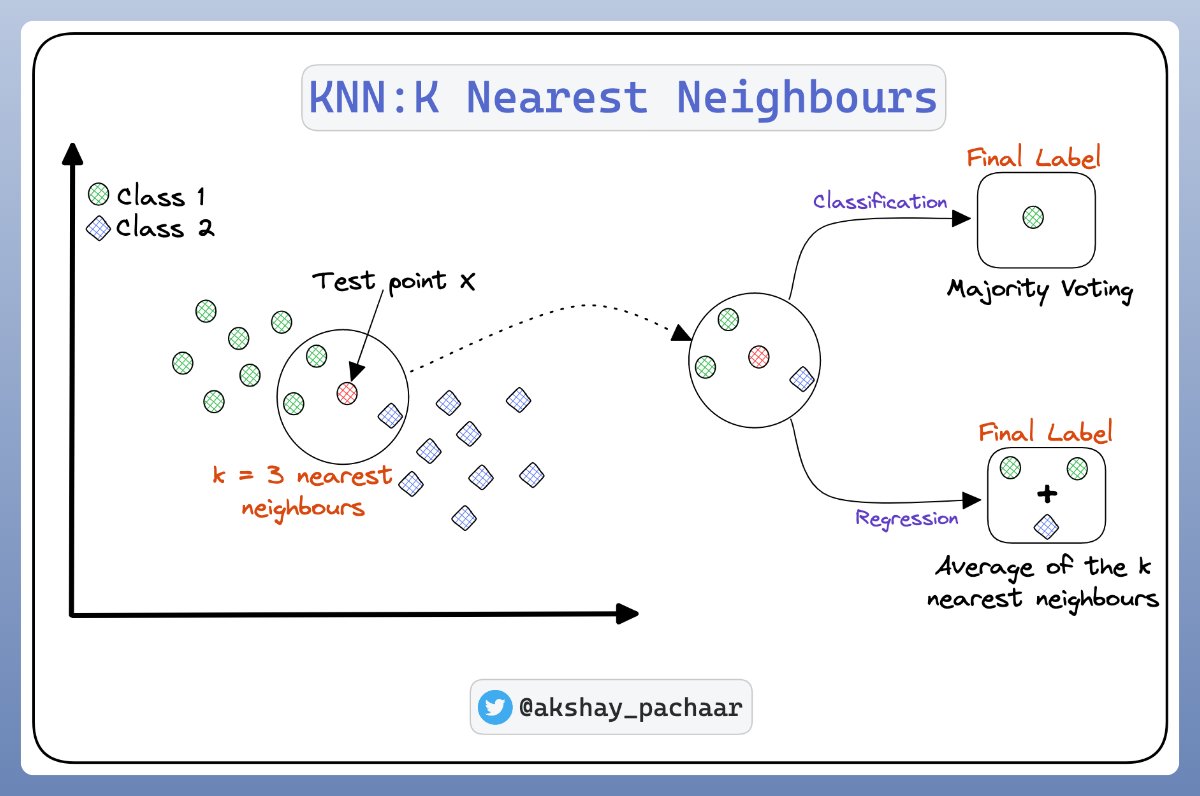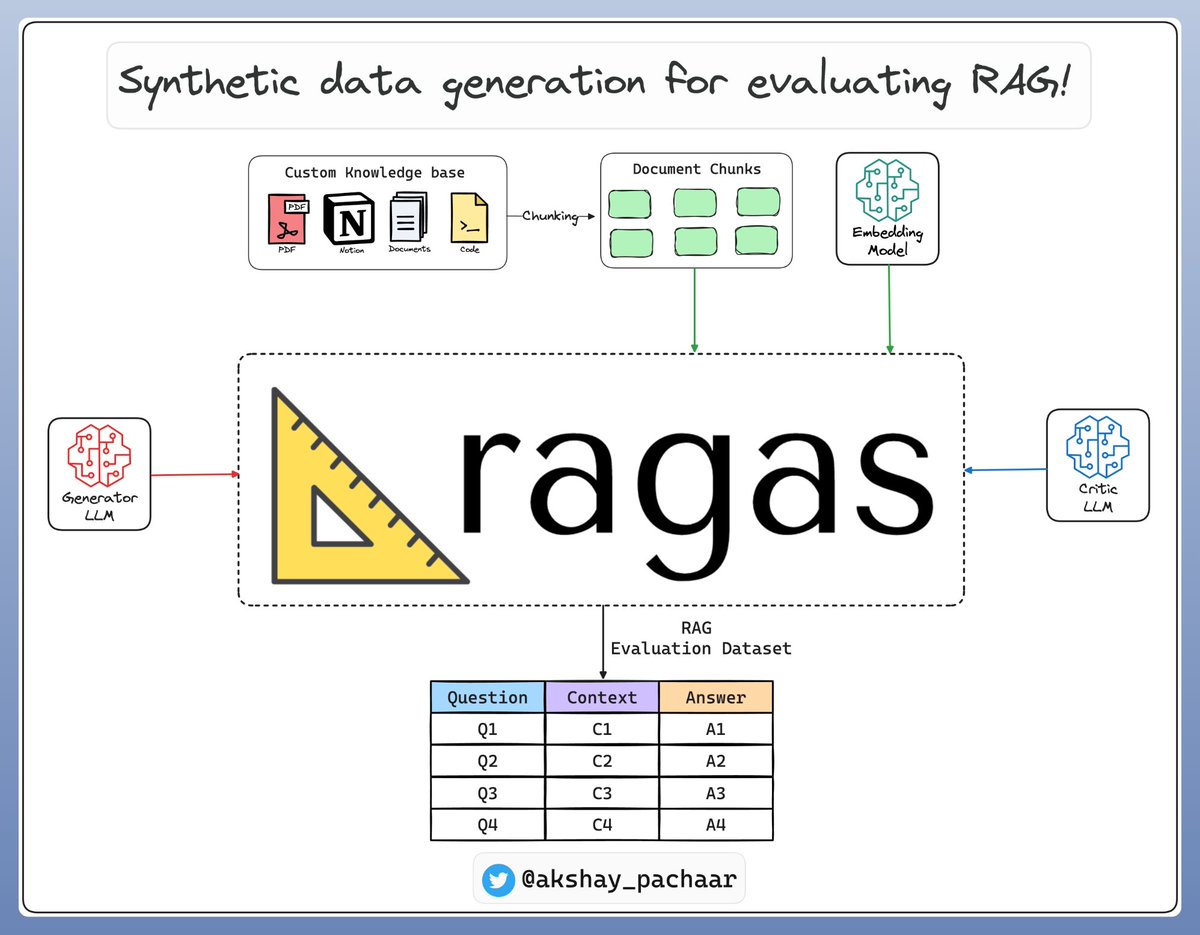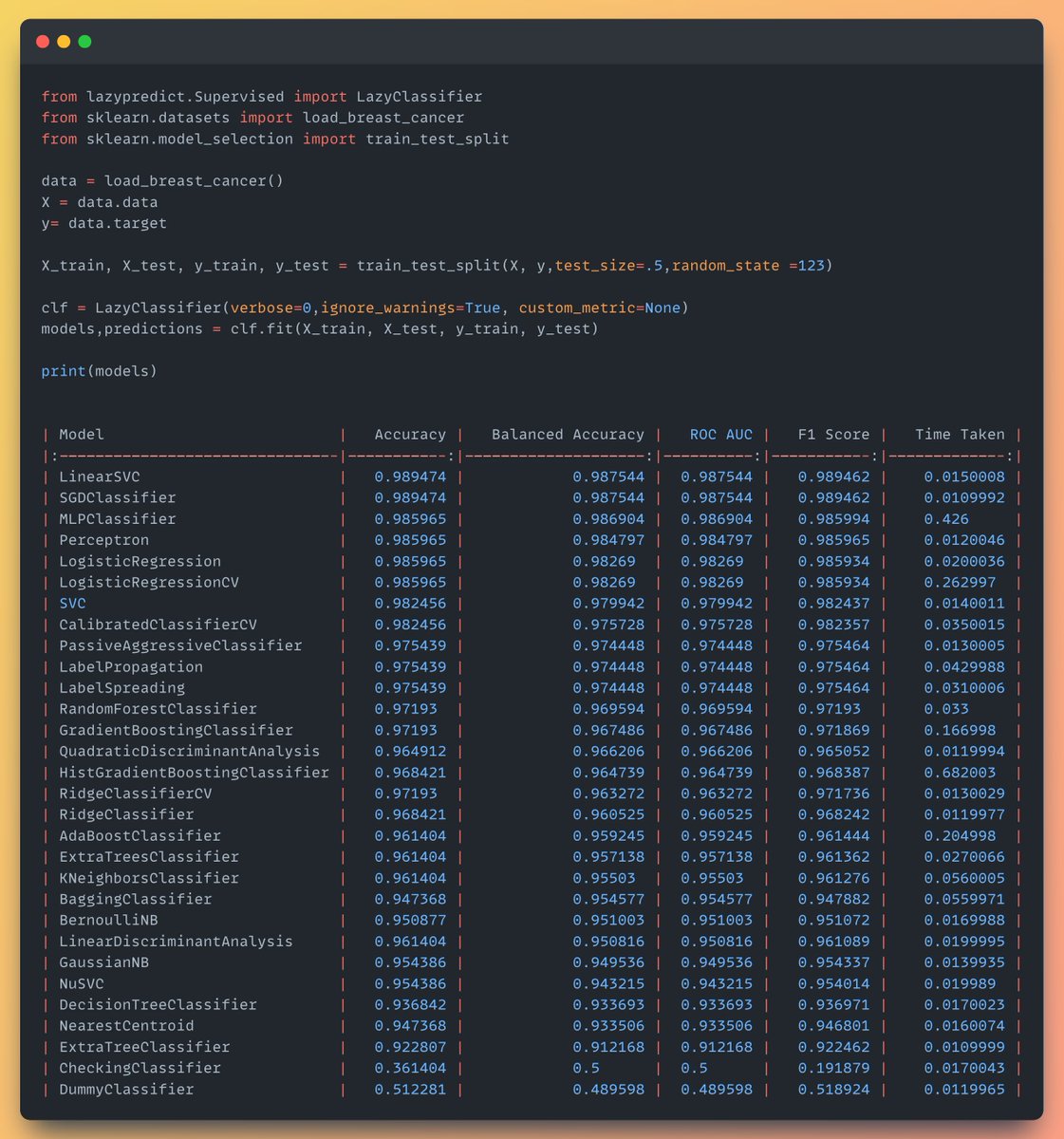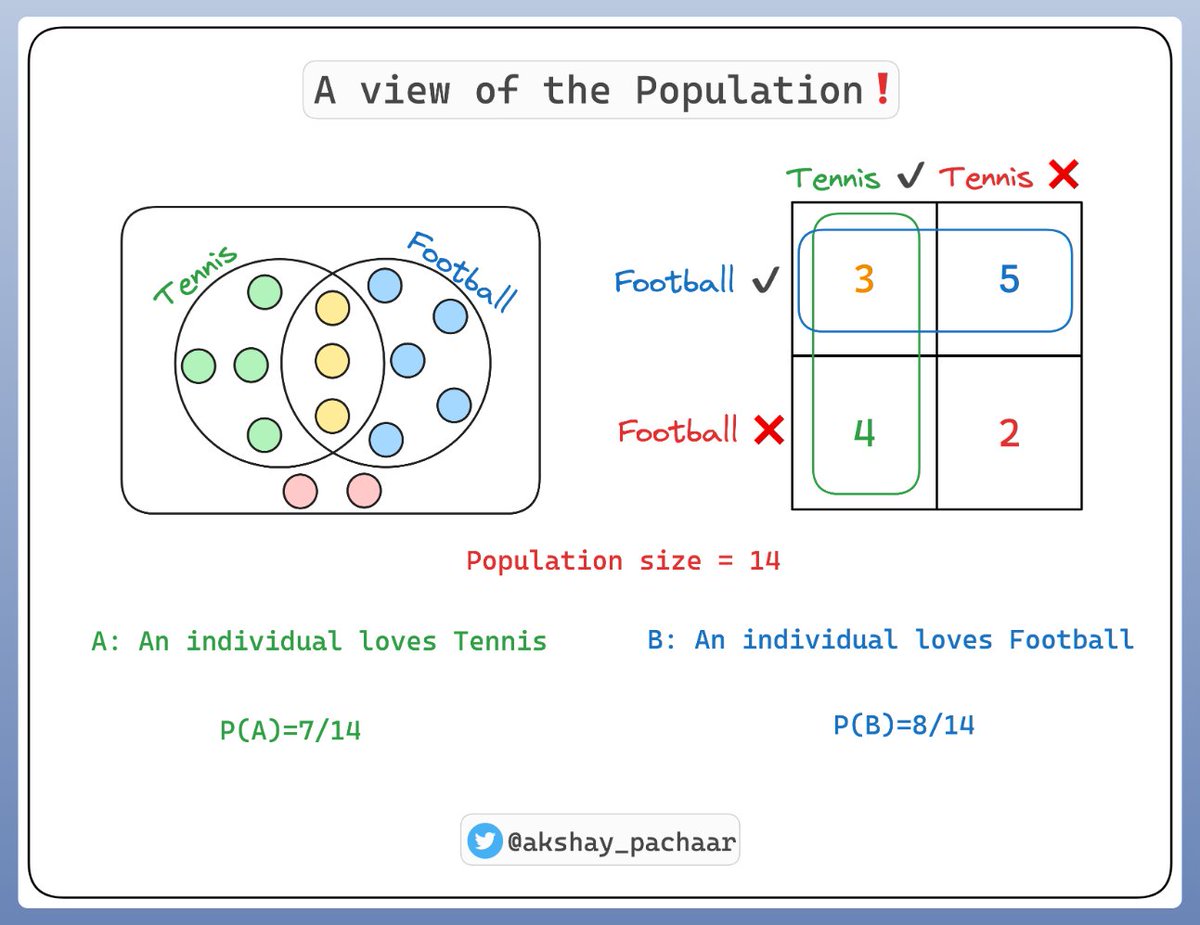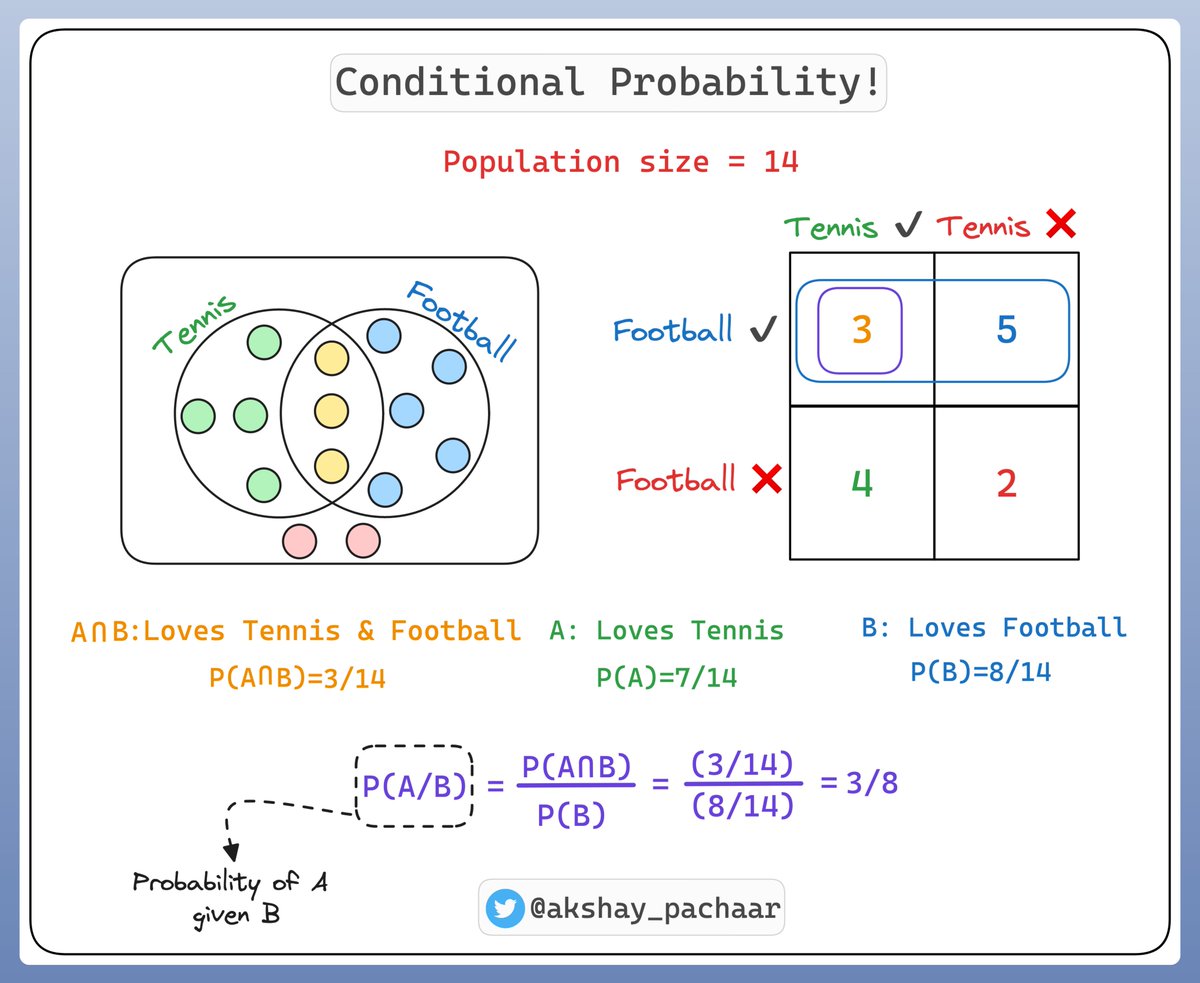🔴 NumPy Fundamentals: Indexing & Slicing
🟡 Jupyter Notebook 📒 Available ✅
A thread 🧵 👇
#DataScience #MachineLearning #100daysOfCode
🟡 Jupyter Notebook 📒 Available ✅
A thread 🧵 👇
#DataScience #MachineLearning #100daysOfCode

🔵 Find Jupyter Notebook 📒 ⬇️
github.com/patchy631/twit…
github.com/patchy631/twit…
Hope you enjoyed reading!! 📖
You can follow me if you are interested in:
✅ Python 🐍
✅ Machine learning 🤖
✅ Computer Vision 🎥
✅ MlOps ⚒️
Retweet 🔁 the first tweet 🐥 .
Cheers!! 🍻
You can follow me if you are interested in:
✅ Python 🐍
✅ Machine learning 🤖
✅ Computer Vision 🎥
✅ MlOps ⚒️
Retweet 🔁 the first tweet 🐥 .
Cheers!! 🍻
https://twitter.com/akshay_pachaar/status/1542835800572055552?s=20&t=hbpS2wvDhQ8-vUL8RTH45g
• • •
Missing some Tweet in this thread? You can try to
force a refresh







